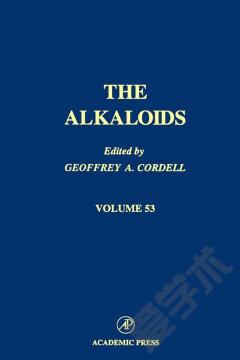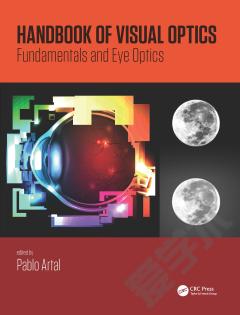Handbook of Optical Constants of Solids, Five-Volume Set —— Handbook of Thermo-Optic Coefficients of Optical Materials with Applications
----- 固体光学常数手册:光学材料热光系数及其应用手册
This set of five volumes, four volumes edited by Edward D. Palik and a volume by Gorachand Ghosh, is a unique resource for any science and technology library. It provides materials researchers and optical device designers with reference facts in a context not available anywhere else. The singular functionality of the set derives from the unique format for the three core volumes that comprise the Handbook of Optical Constants of Solids. The Handbook satisfies several essential needs: first, it affords the most comprehensive database of the refractive index and extinction (or loss) coefficient of technically important and scientifically interesting dielectrics. This data has been critically selected and evaluated by authorities on each material. Second, the dielectric constant database is supplemented by tutorial chapters covering the basics of dielectric theory and reviews of experimental techniques for each wavelength region and material characteristic. As an additional resource, two of the tutorial chapters summarize the relevant characteristics of each of the materials in the database.The data in the core volumes have been collected and analyzed over a period of twelve years, with the most recent completed in 1997. The volumes systematically define the dielectric properties of 143 of the most engaging materials, including metals, semiconductors, and insulators. Together, the three Palik books contain nearly 3,000 pages, with about 2/3 devoted to the dielectric constant data. The tutorial chapters in the remaining 1/3 of the pages contain a wealth of information, including some dielectric data. Hence, the separate volume, Index to Handbook of Optical Constants of Solids, which is included as part of the set, substantially enhances the utility of the Handbook and in essence, joins all the Palik volumes into one unit. It isthen of great importance to users of the set. A final volume rounds out the set. The Handbook of Thermo-Optic Coefficients of Optical Materials with Applications collects refractive index measurements and their temperature dependence for a large number of crystals and glasses. Mathematical models represent these data, and in turn are used in the design of nonlinear optical devices.* Unique source of extremely useful optical data for a very broad community of scientists, researchers, and practitioners* Will be of great practical applicability to both industry and research* Presents optical constants for a broadest spectral range, for a very large number of materials: Paliks three volumes include 143 materials including 43 elements; Ghoshs volume includes some 70 technologically interesting crystals and many commercial glasses* Includes a special index volume that enables the user to search for the information in the three Palik volumes easily and quickly* Critique chapters in the Palik volumes discuss the data and give reference to most of the literature available for each material* Presents various techniques for measuring the optical constants and mathematical models for analytical calculations of some data
{{comment.content}}








 京公网安备 11010802027623号
京公网安备 11010802027623号